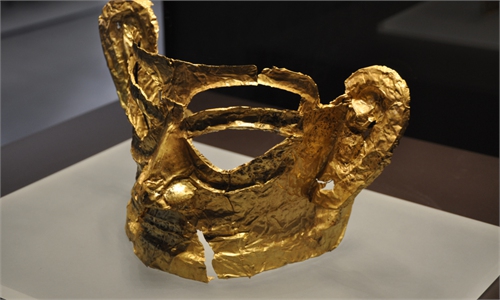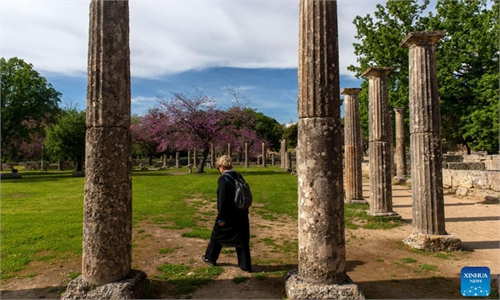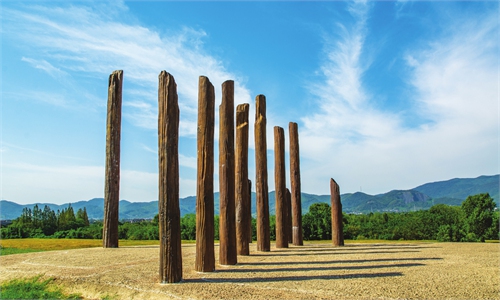ARTS / CULTURE & LEISURE
Joint archaeology project writes new chapter of China-Uzbekistan friendship
Joint project writes new chapter of China-Uzbekistan friendship
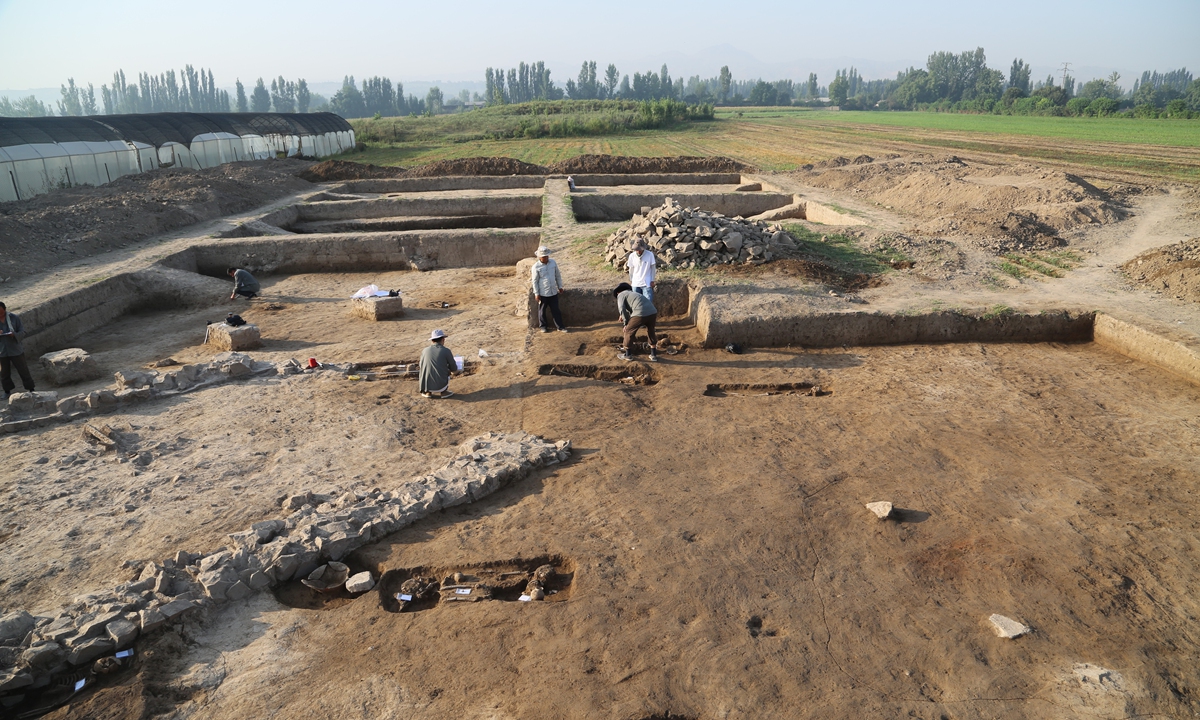
Chinese archaeologists work at the Mingtepa site in Uzbekistan Photo: Courtesy of Liu Tao
Editor's Note:
Chinese archaeology has created a golden age over the past 10 years. Chinese archaeologists have expanded their research horizons and promoted Chinese archaeology around the world. More than 30 archaeological teams from China have carried out archaeological research in more than 20 countries, which has greatly expanded the international vision and enhanced the international influence of Chinese archaeology. The China-proposed Belt and Road Initiative (BRI) has made this international cooperation a common practice between China and other countries.
In this series, the Global Times will explore how China's archaeological teams have helped preserve and carry out research together with other countries, as well as promoted mutual communication and exchanges among different civilizations.
Two-thousand years ago, the sound of camel bells accompanied the footsteps of the Western Han Dynasty's (206BC-AD25) imperial emissary Zhang Qian, who once established friendly exchanges between ancient China and its neighbor in Central Asia - Dayuan, which was located in today's Fergana Valley in Uzbekistan. In June 2023, archaeologists from the two countries are set to gather together again to share ideas and explore the history of the ancient Silk Road at the famed Mingtepa site in Uzbekistan.
The year marks the 10th anniversary of the BRI. It is also the 11th year since China and Uzbekistan launched the joint archaeology project at the Mingtepa site.
Liu Tao, an archaeologist from the Chinese Academy of Social Sciences and the Chinese executive leader of the China-Uzbekistan joint archaeological team, told the Global Times that the three-year COVID-19 pandemic temporarily suspended the project and that cooperation is scheduled to restart in June.
This time, the two sides will focus on the collection of archaeological data at the site over the past 10 years, as well as discuss the excavation and field investigations for some new projects.
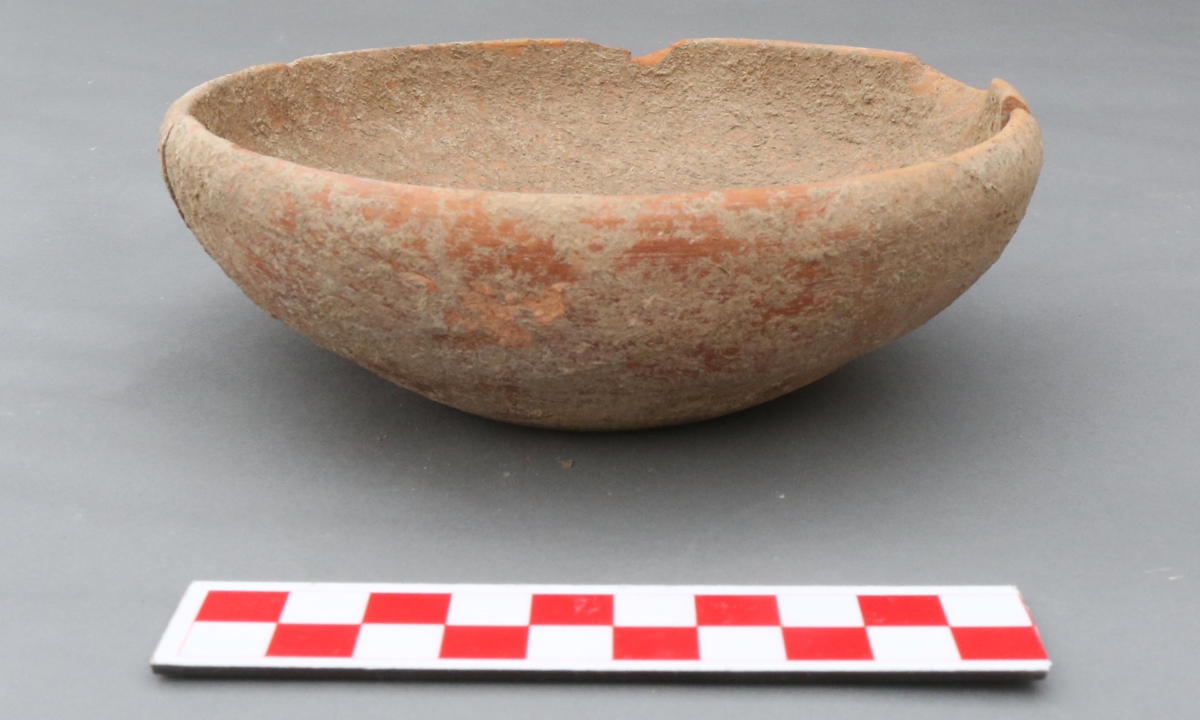
Pottery unearthed from the Mingtepa site in Uzbekistan Photo: Courtesy of Liu Tao
Historical connectionThe Mingtepa site is the nearest ancient city site in Uzbekistan to China. Given the honorable title of "The Living Fossil of the Silk Road," the site, rich in relics, is an important geographical location as it was an important node along the ancient Silk Road.
The history and culture of this region was recorded in ancient Chinese literature during the Qin and Han dynasties (221BC-AD220).
After Zhang Qian embarked on his journey west, alfalfa and grapes from Dayuan, the first station on Zhang's route, were introduced to China, while Chinese silk and paper, and advanced well-drilling, iron smelting and sericulture technologies were gradually spread to Europe through Dayuan and other Central Asian countries, which had a profound impact on the exchange and integration of Eastern and Western civilization.
Is the Mingtepa site the "Ershi City" recorded in Chinese history books such as Records of the Grand Historian and Book of Han? What connections did it have with China along the ancient Silk Road? The connections of history and unveiled mysteries have provided motivation for this joint archaeology project between the two countries.
In 2012, the Chinese members of the China-Uzbekistan joint archaeological team, which was the first Chinese national-level archaeological team to go abroad, departed to Uzbekistan. Since then, archaeologists from the two countries have conducted eight archaeological excavations at the ancient site and achieved significant and fruitful discoveries.
According to Liu, the most interesting part is the discovery of the outer city. The inner city of ancient Mingtepa covers only about 0.5 square kilometers, while the newly discovered walled outer city is 1,300 meters from east to west and 2,100 meters from north to south covering a total area of 2.7 square kilometers. The inner city and the outer city formed a double city system.
Archaeologists discovered a large complex of city walls, gates, streets, remains of handicraft workshops and tombs at the site. These discoveries not only give a better idea of the scale of the ancient city, but also confirm that it was the largest city in the Fergana Valley in ancient times.
"These discoveries show that the Mingtepa site was highly likely the capital city of Dayuan," Liu said.
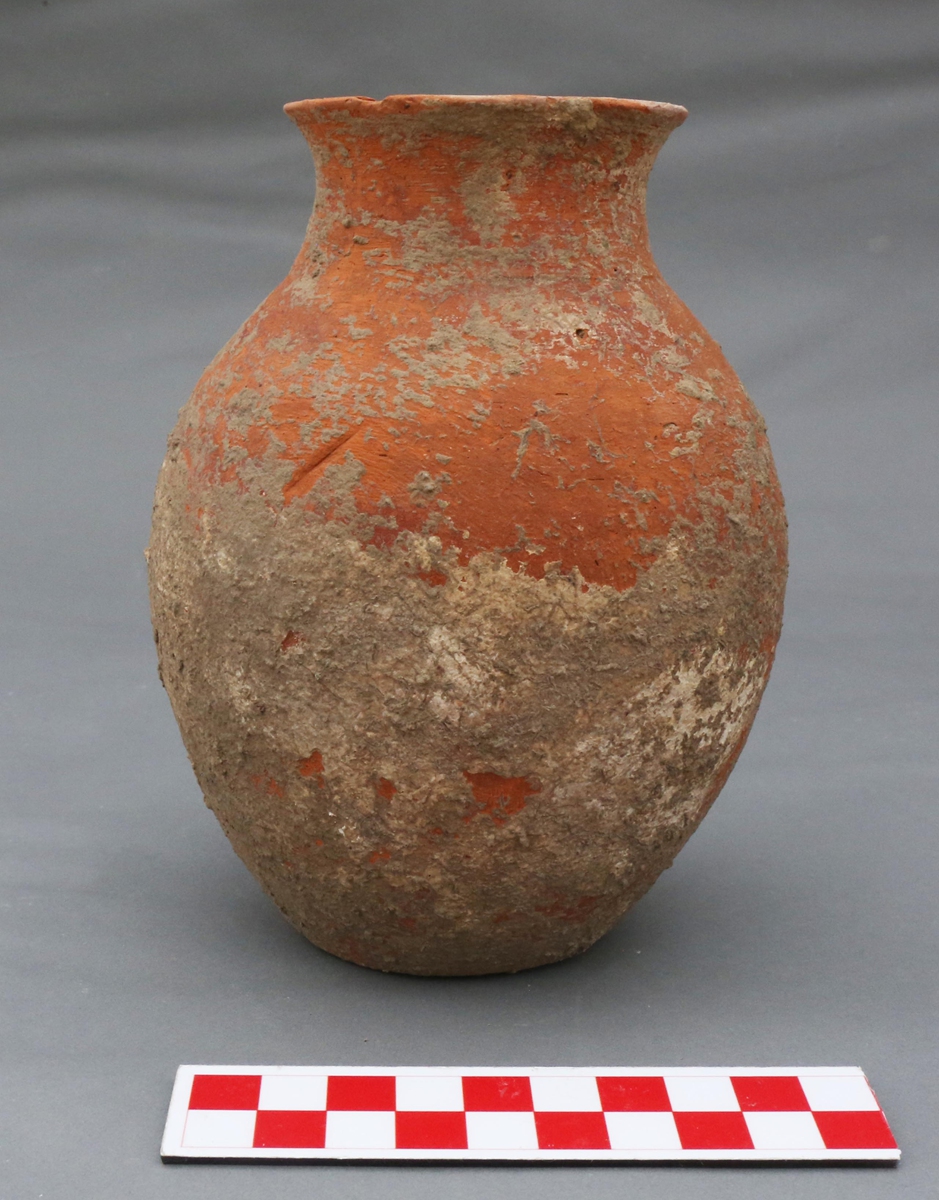
Pottery unearthed from the Mingtepa site in Uzbekistan Photo: Courtesy of Liu Tao
Strengthening cultural exchangesAccording to Liu, the excavation is handled with joint team formations and fragmentation responsibility. The two sides first select different excavation points according to their respective working ideas, concepts and methods, and started their work separately. At the same time, the archaeological teams fully expound their views with a friendly attitude of mutual respect and mutual learning.
Liu said that techniques and technologies used in China have also inspired Uzbek archaeologists, who have highly praised the project.
So far, the project is the largest-scale excavation ever done at the Mingtepa site. Currently, more than 30 international archaeological teams from more than 10 countries are working in Uzbekistan. Among them, the cooperation between Chinese and Ukrainian scholars is the only international cooperation project carried out in the basin.
"The joint project at the Mingtepa site is a successful example of Chinese archaeology on the world stage. The international joint archaeology project is a significant part of cultural exchanges under the BRI," said Liu, adding that continued cooperation will further deepen the relationship between China and Uzbekistan.

